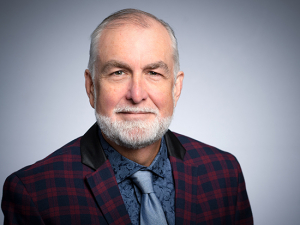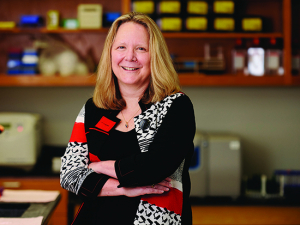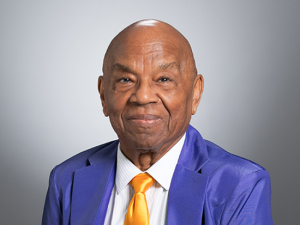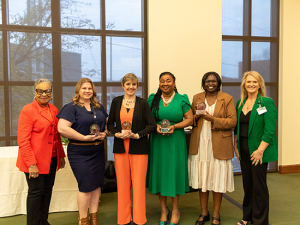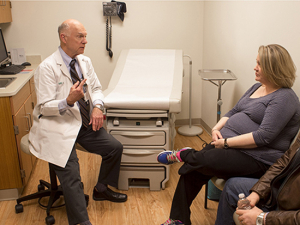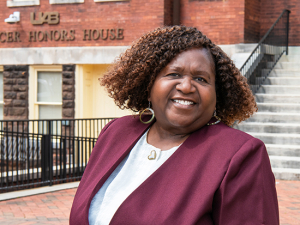Seven longtime faculty were honored as emeritus professors during the June 4 meeting of the University of Alabama System Board of Trustees.

While at UAB, Chaplin and his lab made key discoveries about the development, structure and function of lymphoid tissues; he also contributed research for identifying immune system proteins vulnerable to immunotherapies. If successful, those therapies could be used to treat chronic inflammatory diseases such as rheumatoid arthritis and asthma.
He has served as the principal investigator on more than 10 National Institutes of Health-funded studies and has published more than 160 journal articles in publications such as Science, Immunity and other high-impact journals, along with three book chapters. In February, he was elected as a distinguished fellow by the American Association of Immunologists, and he is a member of the American Academy of Allergy, Asthma and Immunology, the American Association for the Advancement of Science and the American Society for Microbiology.
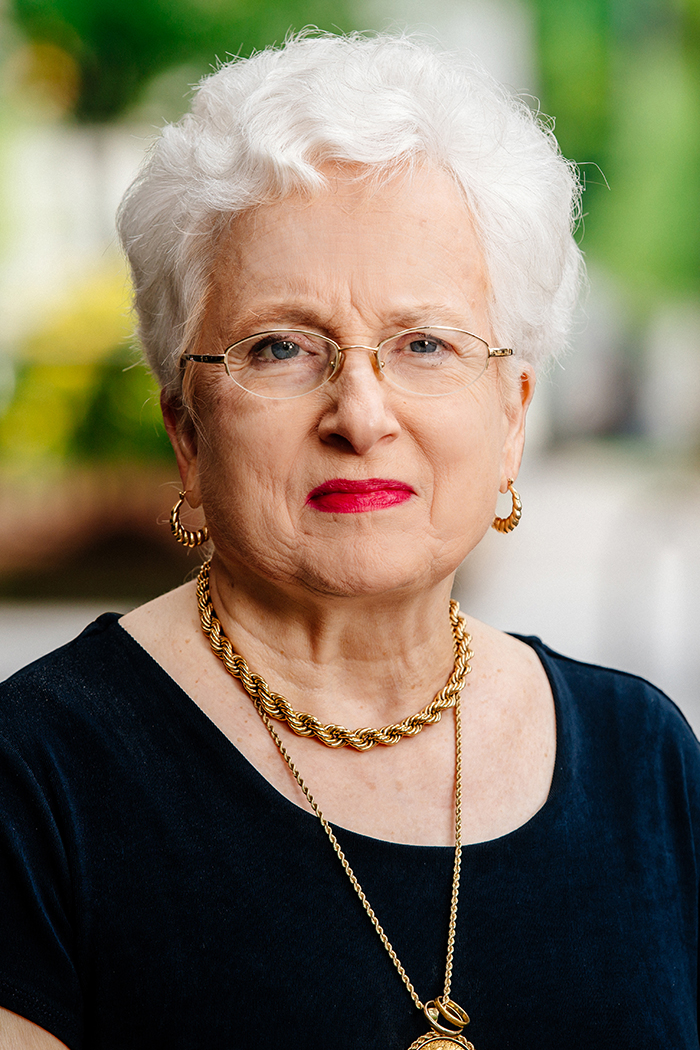
Her research has been supported by grants from UAB, the American Associate for State and Local History, the National Endowment for the Humanities, and she has received the Milo B. Howard Jr. Award from the Alabama Historical Association and the Elizabeth Gould Research Award from the Mobile Historic Development Commission. She also was awarded UAB’s President’s Award for Excellence in Teaching, the university’s highest honor for faculty, and the Alabama Association of Historians’ John F. Ramsey Award of Merit "in recognition of superior, significant and sustained contributions to the teaching and study of history in the state of Alabama."
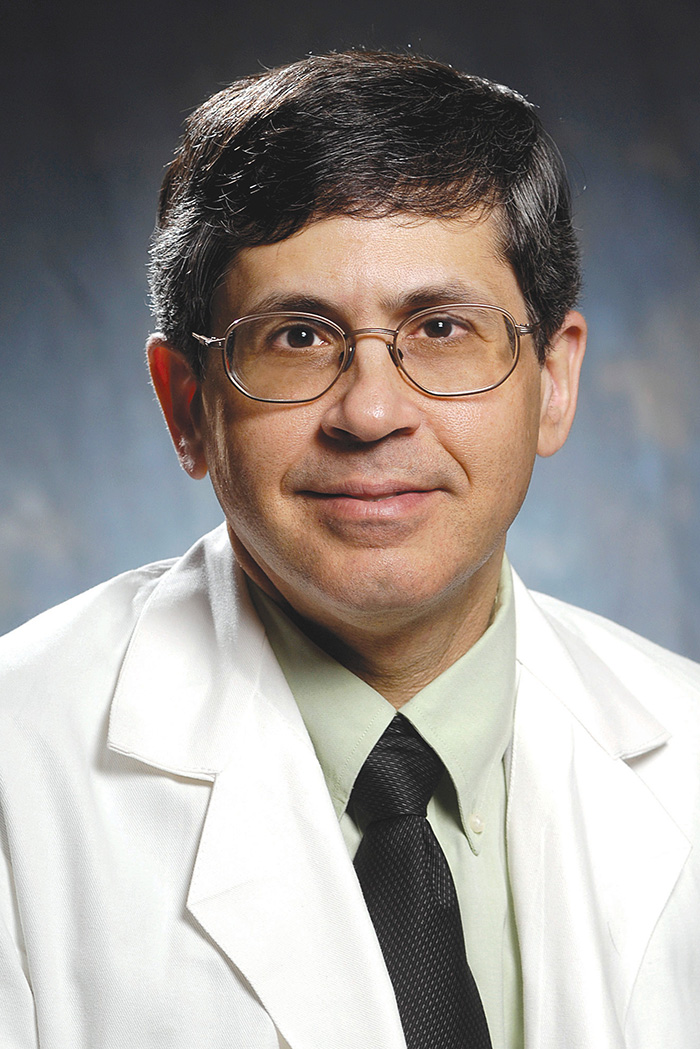
In addition to his work at UAB, Frank also is chief of the Endocrinology Section in the Medical Service at the Birmingham Veterans Affairs (VA) Medical Center. His work is supported by grants from the National Institutes of Health (NIH) and the United States Department of Veterans Affairs. He has authored more than 170 journal articles for Immunity, Molecular and Cellular Endocrinology, Life Sciences and Endocrinology, among others.
Frank is a 2018 recipient of the School of Medicine Dean’s Excellence Award in Mentorship; he credits his knowledge on mentoring to those who mentored him, he told UAB School of Medicine News, and considers it a privilege to mentor others in medicine.
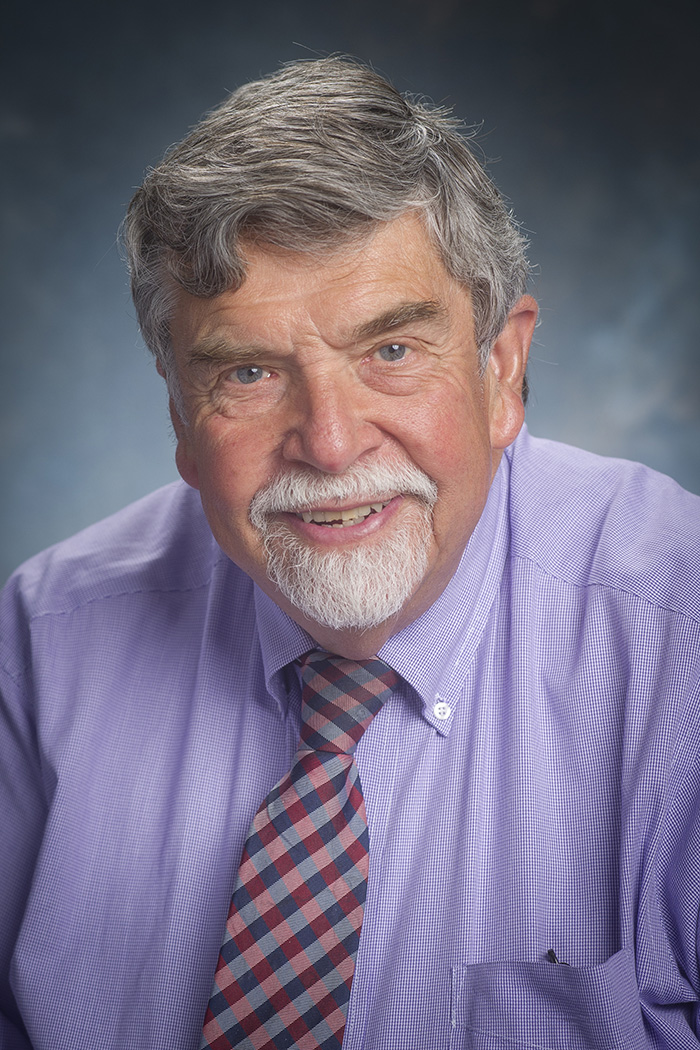
Grizzle was active nationally and internationally in developing the design, operations and standards of bioresources, including as a former president and board-member of the International Society for Biological and Environmental Repositories
He has published more than 600 books, book chapters, and peer-reviewed manuscripts and has been active in international education, presenting numerous workshops on bioresources and translational research.
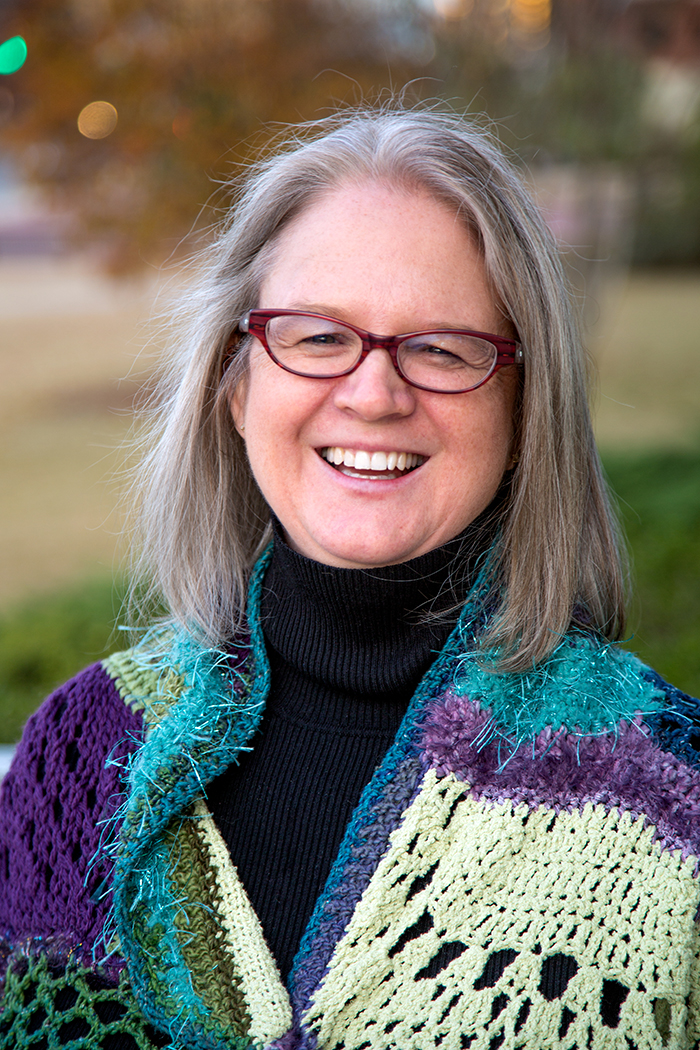
Gunther-Canada has published on political rights, citizenship and gender politics, and she is the author of “Rebel Writer: Mary Wollstonecraft and Enlightenment Politics” and co-author of the third, fourth and fifth editions of “Women, Politics and American Society.” Her essay "The Politics of Sense and Sensibility: Mary Wollstonecraft and Catharine Macaulay on Edmund Burke's Reflections on the Revolution in France" won both the Marian D. Irish Award from the Southern Political Science Association and UAB’s Frederick W. Conner Prize in the History of Ideas.
She is a past chair of the UAB Commission on the Status of Women and past president of the national nonprofit Women's Caucus for Political Science. She has received both the UAB President's Award for Excellence in Teaching and the Adaljiza Sosa-Riddell Award for Exemplary Mentoring of a Graduate Student from the Committee on the Status of Latinos y Latinas of the American Political Science Association.
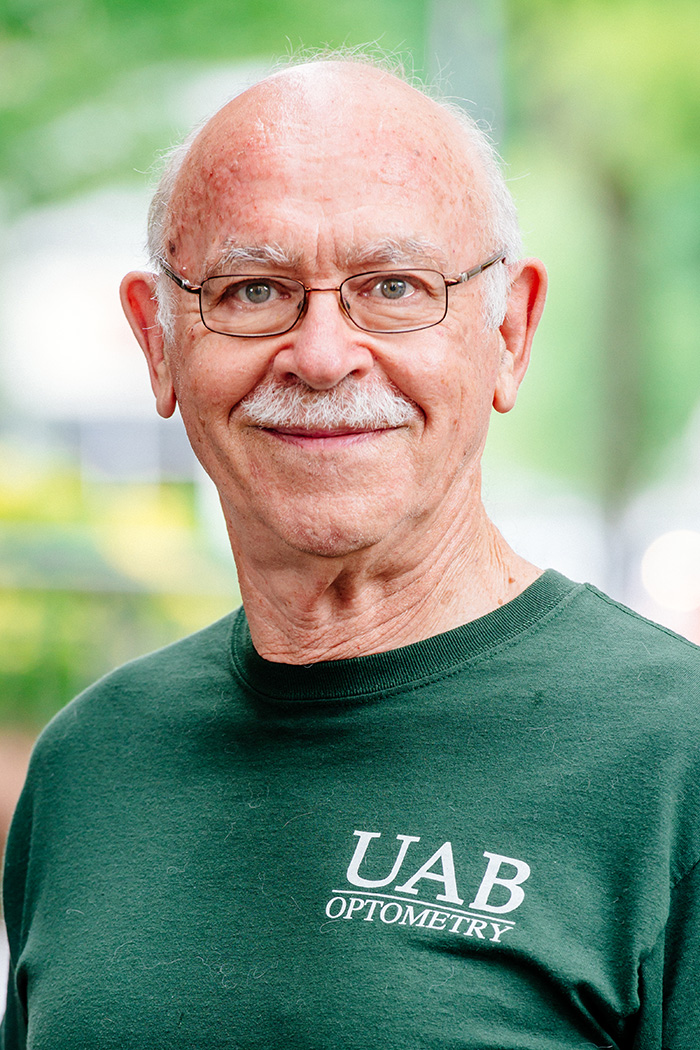
During his tenure at the school, Kleinstein was associate dean for Professional Programs, department chair and creator of the concurrent program of Optometry and Public Health, which enables optometrists to apply public health principles such as epidemiology, health promotion and disease prevention to provide quality eye and vision care.
in the late 1990s, Kleinstein and colleagues took equipment twice a week and made the hour-and-a-half trek to rural Greene County, Alabama, where they ran sophisticated vision tests on school children in grades 1-8 as part of the nationwide Collaborative Longitudinal Evaluation of Ethnicity in Refractive Error (CLEERE) study. Based on Kleinstein’s input, Black children from Alabama were included in the study, and the National Eye Institute eventually expanded the study population to include Asian, Hispanic and Native American children.
Kleinstein has published dozens of articles in journals such as Investigative Ophthalmology and Visual Science, JAMA Ophthalmology and Investigative Ophthalmology and Visual Science, among others.

Rucks has served as the primary investigator on research collaborations with organizations such as the Alabama Medicaid Agency, the Arkansas Department of Health, the Alabama Department of Health and the American Academy of Pediatrics, among others. He is the author of seven book chapters and 40 articles in publications such as the Journal of the American Dental Association, Disaster Medicine and Public Health Preparedness and Advances in Healthcare Management.
Most recently, Rucks and fellow Professor Emeritus Jack Duncan, Ph.D., began creating graphs that plot the daily path of COVID-19 in Alabama and Jefferson County from mid-March to the present. The graphs show the total number of cases, deaths and hospitalizations on any given date.
